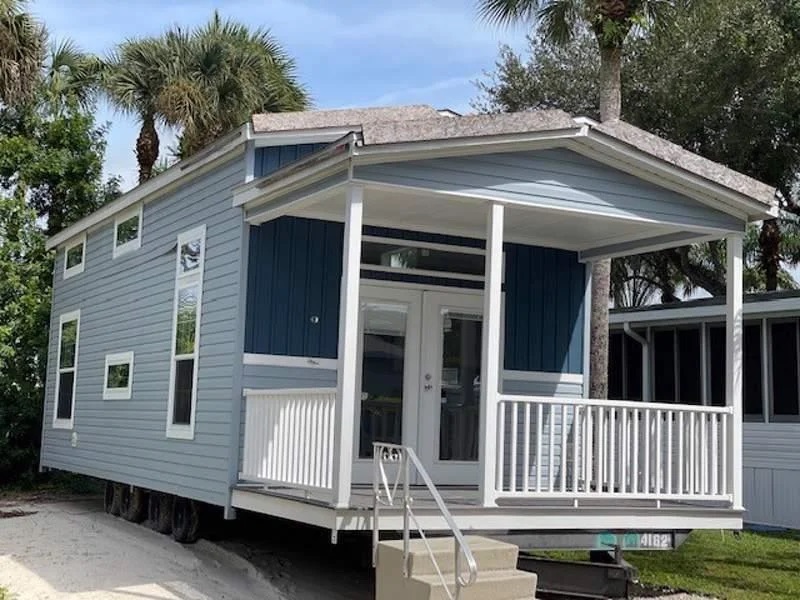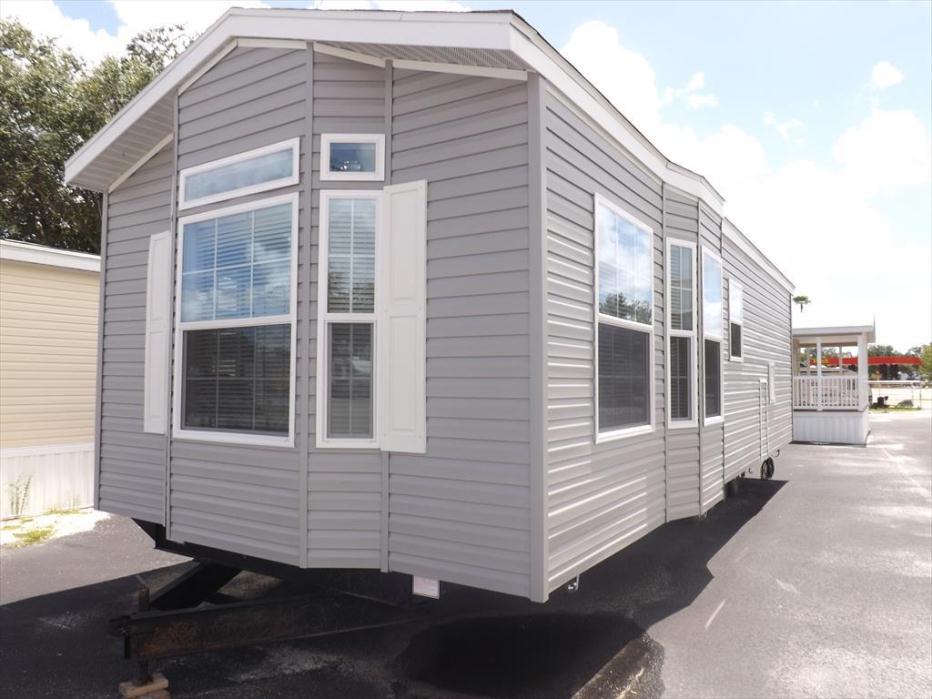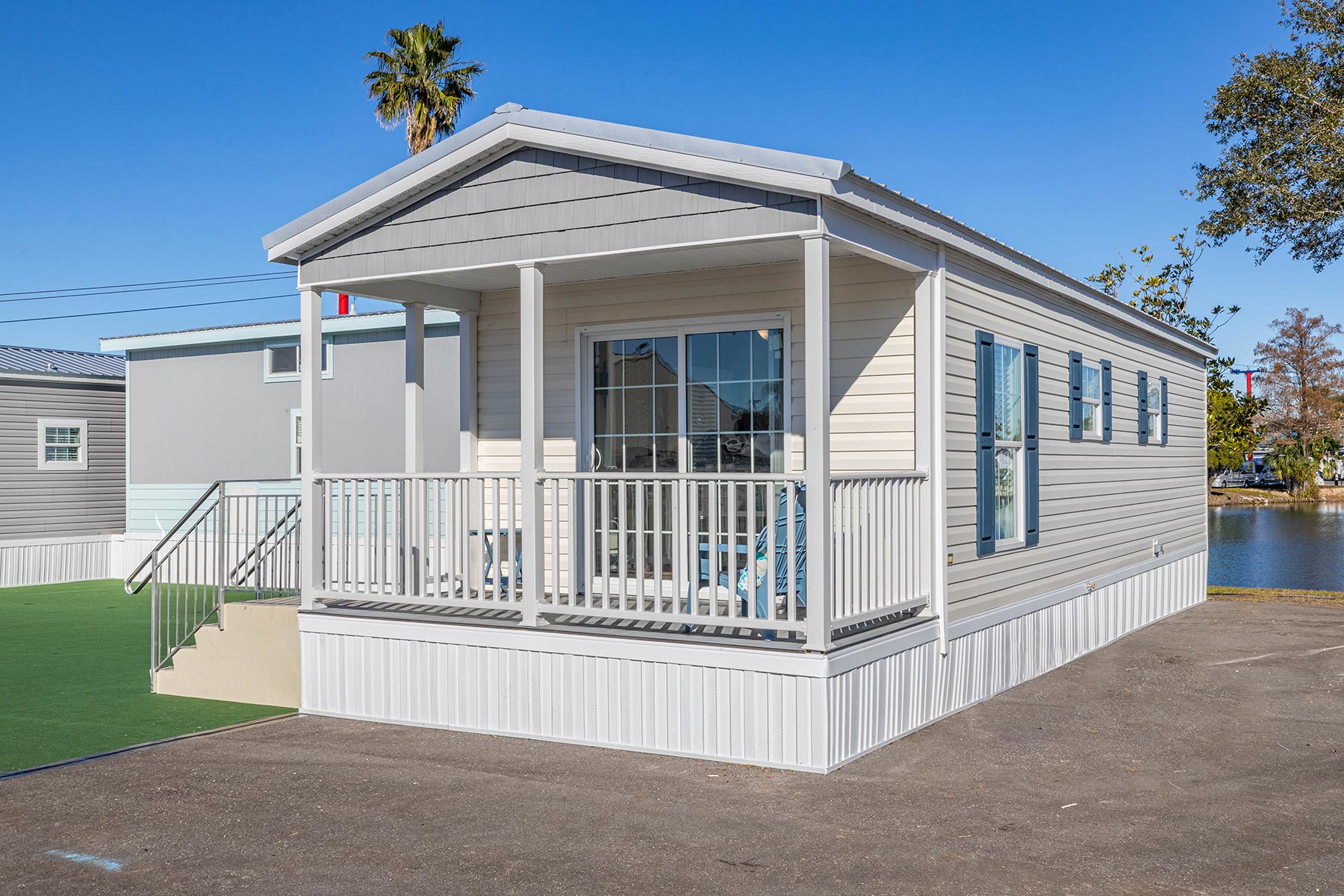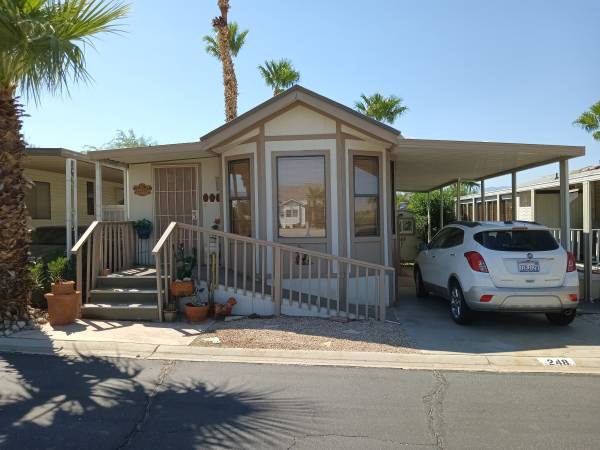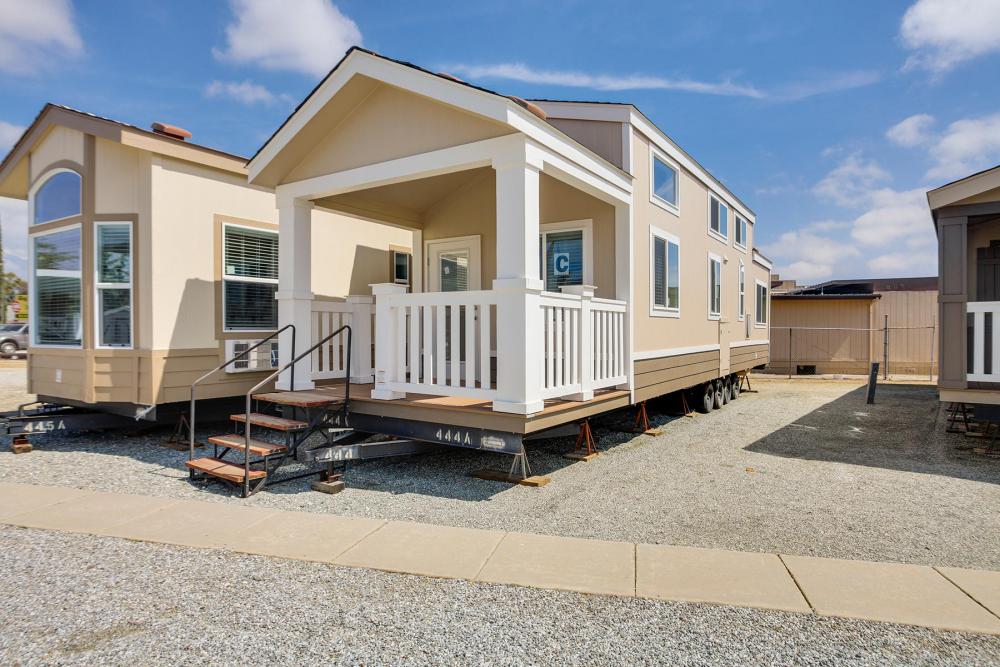Park Models For Sale In Florida 55 Communities

The Sunshine State's allure extends beyond its beaches and theme parks, drawing a growing demographic seeking affordable and community-centric living in retirement. This demand has fueled a surge in the popularity of park models within Florida's 55+ communities, presenting both opportunities and challenges for prospective buyers and existing residents alike.
Park models, essentially scaled-down versions of traditional homes, offer an attractive alternative to larger, more expensive properties. However, navigating the park model market requires careful consideration of factors like community regulations, financing options, and long-term investment potential. This article delves into the nuances of purchasing park models in Florida's 55+ communities, exploring the benefits, drawbacks, and key considerations for those considering this lifestyle choice.
The Appeal of Park Model Living
For many retirees, the idea of downsizing and simplifying their lives is paramount. Park models offer just that – a smaller, more manageable living space without sacrificing comfort or style.
Florida's 55+ communities provide an added layer of appeal, offering a vibrant social scene, amenities like swimming pools and clubhouses, and a sense of belonging.
The cost-effectiveness of park models is also a significant draw. Often significantly cheaper than traditional homes or condos, park models allow retirees to stretch their savings further and enjoy a more comfortable retirement.
Navigating the Market: Key Considerations
The park model market within Florida's 55+ communities is dynamic, with prices varying based on location, size, amenities, and the specific community's rules and regulations.
Understanding these rules is crucial before making a purchase. Some communities may have restrictions on rentals, landscaping, or even the types of pets allowed.
Financing a park model can also be more challenging than financing a traditional home. Many lenders classify park models as recreational vehicles (RVs), leading to higher interest rates and shorter loan terms.
Prospective buyers should explore financing options carefully and be prepared to potentially pay cash or secure a personal loan. "Securing financing can be tricky. It's essential to work with lenders familiar with park model financing," warns John Smith, a real estate agent specializing in 55+ communities.
Community Rules and Regulations
Each 55+ community operates under its own set of rules and regulations, which can significantly impact the park model living experience. Understanding these rules is paramount before making a purchase.
Some communities may have age restrictions, limiting the ability to host younger guests for extended periods. Others may have strict guidelines regarding exterior modifications or landscaping.
Carefully reviewing the community's bylaws and speaking with current residents can provide valuable insights into the day-to-day realities of living there. "I always advise potential buyers to attend community events and talk to residents," says Mary Johnson, a resident of a park model community in Central Florida.
Investment Potential and Resale Value
While park models offer an affordable entry point into the Florida real estate market, their investment potential should be carefully considered.
Unlike traditional homes, park models typically depreciate in value over time, similar to RVs. However, the land on which the park model sits can appreciate, potentially offsetting some of the depreciation.
Resale value is also influenced by factors like location, community amenities, and the overall demand for park models in the area. "Location, location, location" still applies, even in the park model market, says Smith.
The Rise of Luxury Park Models
While affordability remains a key driver in the park model market, there's a growing trend towards luxury park models offering upscale amenities and finishes.
These models often feature gourmet kitchens, spa-like bathrooms, and integrated smart home technology, blurring the lines between park model living and traditional homeownership.
While these luxury models come with a higher price tag, they offer a more refined and comfortable living experience for discerning buyers. Demand for these upscale options is growing, particularly among retirees seeking a maintenance-free lifestyle without compromising on quality, according to industry reports.
Looking Ahead: The Future of Park Model Living in Florida
The demand for affordable housing in Florida is expected to continue to rise, driving further growth in the park model market within 55+ communities. The increasing popularity of park models underscores a fundamental shift in retirement preferences.
However, challenges related to financing, community regulations, and resale value will need to be addressed to ensure the long-term sustainability of this market. As the market matures, increased transparency and standardization in lending practices and community guidelines will be crucial.
Ultimately, the future of park model living in Florida hinges on striking a balance between affordability, community living, and long-term investment potential, offering a viable and attractive option for retirees seeking a fulfilling and budget-conscious lifestyle.

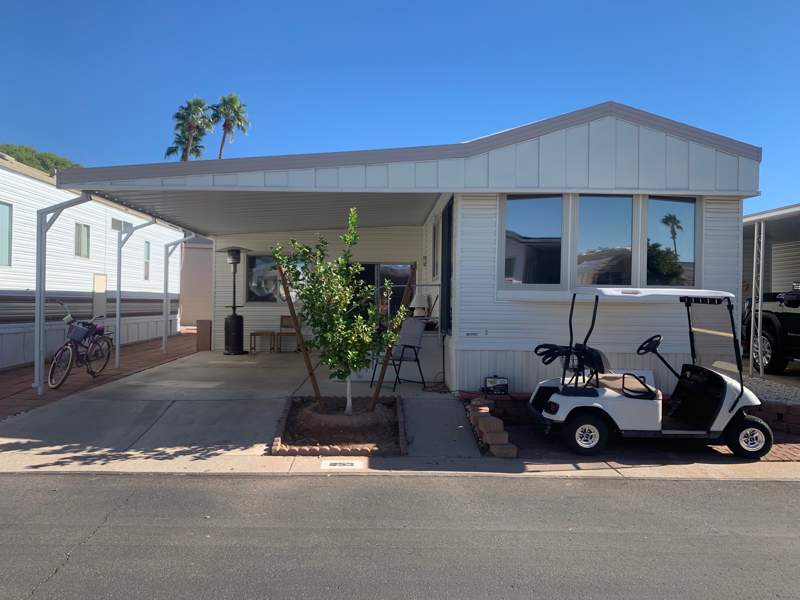





.jpeg?bwg=1666625782)
